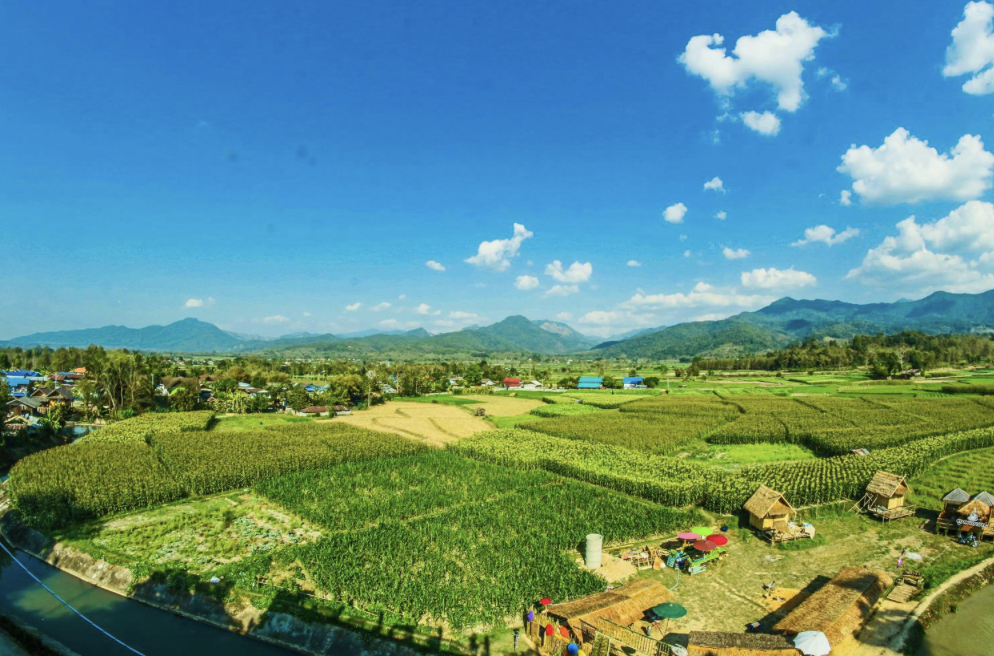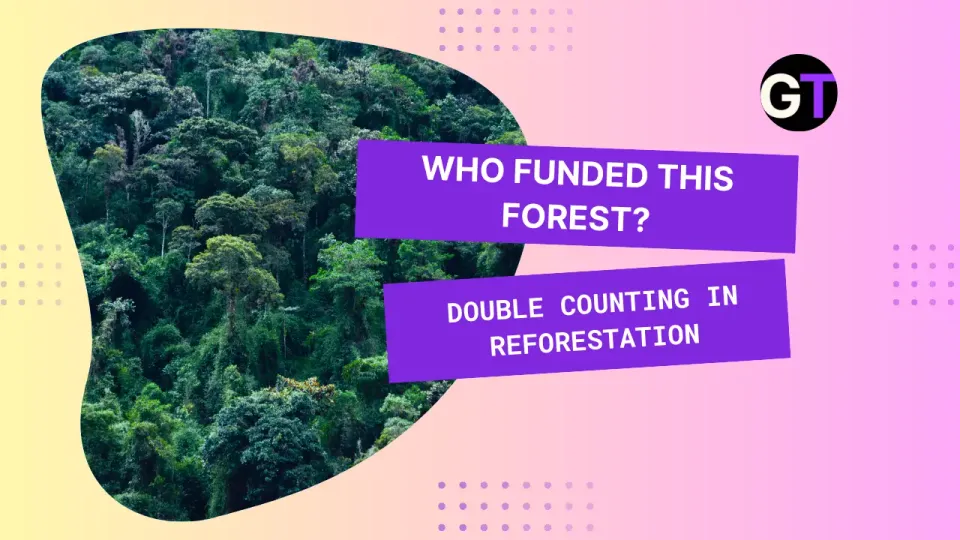Leveraging Open Data for Forest Restoration in Asia🌳
Initially, one year after planting, the average mortality rate was 18.0%. Over a decade after planting, the mortality rate averaged 48.3%. 🌳

🌍 Understanding the Vital Role of Data in Assessing Forest Survival
Environmental planting projects carry inherent risks of high mortality, impacting their overall effectiveness. Factors contributing to these potential failures include inappropriate species selection, poor site conditions, and inadequate preparation or follow-up care. In many instances, plants chosen are not suited to the specific climatic or soil conditions, leading to poor survival rates.
Why it matters: The escalating impacts of deforestation across tropical and subtropical regions of Asia highlight an urgent need for effective forest restoration strategies. A study by Benin et al. (2022) leverages open environmental data to provide pivotal insights into the dynamics of forest recovery, demonstrating the critical role of data in enhancing restoration outcomes and strategies. 🌱
🔍 The Current Landscape of Forest Restoration in Asia
Benin et al. examine the mortality and growth rates of trees across various restoration sites, assessing both artificially restored and naturally regenerating forests. The study underscores the variability and context-dependent nature of forest restoration, significantly influenced by local conditions.
Key findings:
- Shocking mortality rates: Initially, one year after planting, the average mortality rate was 18.0%. This rate rose to 25.8% after two years and significantly increased to 44.0% between five and ten years post-planting. Over a decade after planting, the mortality rate averaged 48.3%. 🌳
- Habitat conditions matter: Trees planted in open degraded sites consistently showed higher mortality compared to those in forest enrichment sites. For example, at the one-year mark, mortality was 25% in open sites compared to 9% in forest sites, and at 5-10 years, mortality was 54% in open sites versus 31% in forest settings.
How do these findings influence your perspective on the challenges of forest restoration?
🌱 Data-Driven Strategies for Enhancing Forest Restoration
The evidence presented highlights significant variability in outcomes and the high costs associated with artificial restoration efforts, emphasizing the necessity for a deeper understanding of permanence drivers and a comprehensive cost-benefit analysis.
Why it’s important:
- Restoration success is highly context-dependent, necessitating improved data collection on environmental conditions and the integration of local knowledge.
- The findings reveal a general lack of species richness in plantings, which could impact future forest functionality.
- Seedling mortality increases significantly between two and ten years post-planting, yet long-term monitoring remains limited.
Key takeaway: We must ask ourselves what kind of trees we are planting, where we are planting them, and use data-driven strategies to determine optimal choices for reforesting the planet. If we are not carefully studying these issues, global efforts to sequester carbon via tree planting might amount to nothing more than an expensive publicity stunt. 🌍
What data-driven strategies do you think are most crucial for improving forest restoration outcomes?
🔓 Open Data & Code: Empowering Research and Practice
Open data and accessible coding resources are invaluable for researchers and practitioners in environmental science. This transparency fosters collaboration and continuous improvement in forest restoration strategies. 🌐
Interested in exploring the data? Read the open data used by Benin et al.




